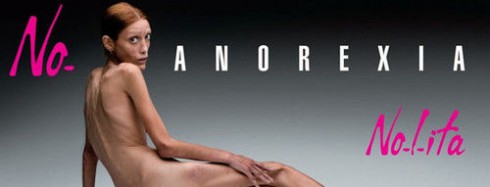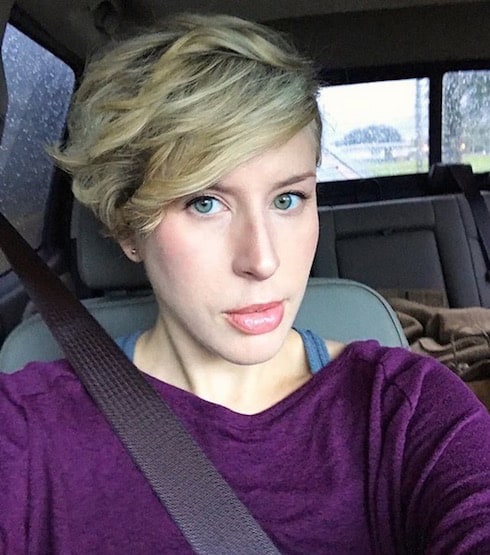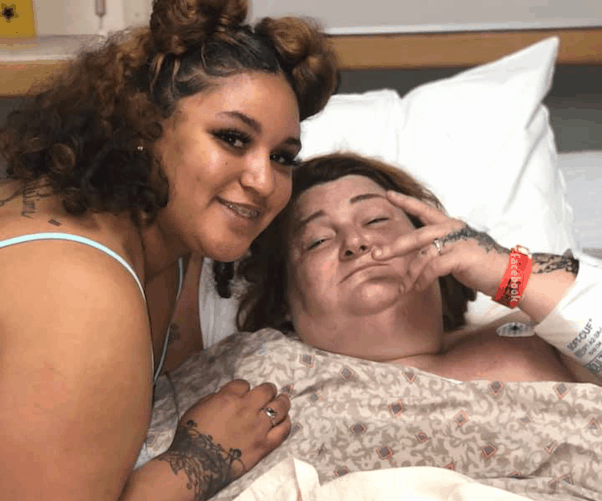Eating disorder clinic reports modeling scouts poach ultra-thin patients
Doctors at Sweden’s largest eating disorder clinic revealed appalling trend: On multiple occasions, extremely underweight patients were approached by modeling scouts who were positioned just outside the Stockholm facility.
In one case, an agent from one of Sweden’s most popular modeling agencies approached a 14-year-old patient while she was out on a walk near the Stockholm Center for Eating Disorders (pictured above). The scout left a business card with the girl and encouraged her to get in touch.
Outraged by the detrimental messages the scout was sending to the girl, a care coordinator from the facility confronted the agency. They defended their actions by saying they only approach healthy, slim girls and never encourage them to lose more weight.
^Part of a new anti-anorexia campaign in Brazil.
However, the modeling scouts actions speak louder than those words. In other cases, scouts solicited girls with body mass indexes (BMIs) near 14. Anything under 18.5 is considered underweight. A BMI of 14 is generally considered life-threatening, so it’s safe to say that isn’t “healthy.”
“We think this is repugnant. People have stood outside our clinic and tried to pick up our girls because they know they are very thin,” chief doctor Anna-Maria af Sandeberg told a Swedish newspaper. “It sends the wrong signals when the girls are being treated for eating disorders.”
As a result of incredibly detrimental messages the scouts were sending eating disorder patients, the clinic changed its policies for walks last year. This wasn’t an ideal action, but it was a better option sending the girls mixed messages.
“For people who have an illness centered around weight and looks, it’s catastrophic to throw them into a business that focuses on exactly those things,” said psychologist Andreas Birgegård, chair of the Swedish Anorexia and Bulimia Society.
Sadly, I’m not very surprised by the story. Considering high fashion’s fixation on ultra-thin models, it’s obvious that young women with eating disorders would seem attractive.
^Isabelle Caro, a French model who suffered from anorexia from a young age until her death in 2010. She spoke out on the devastating disease before her death.
In spite of backlash to the use of ultra-thin models, a 2004 study published by Psychiatry Research found that a higher percentage of fashion models have histories of anorexia nervosa than a comparable sample of normal women.
Interestingly, I was exposed to this firsthand during a trip I took to New York when I was struggling with anorexia. While looking around Bloomingdale’s, I was approached by a guy who asked who was my agent. Upon learning I didn’t have one, he gave me a business card.
Even though I was undergoing treatment for an eating disorder, the positive reinforcement of my 5-foot, 9-inch and 100-pound frame made me feel pretty good about myself. I even toyed with the idea of contacting him…
For that reason, I now see this kind of model poaching is absolutely detrimental to the recovery of eating disorder patients. And high fashion really shouldn’t be a life or death matter.








